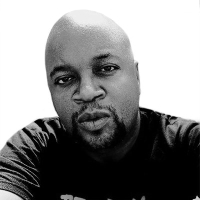Entertainment
Karim Sahib/Getty
Why the Rock and Roll Hall of Fame Snubs R&B Legends Like Janet Jackson
GET WITH IT
The Rock and Roll Hall of Fame inducted a new class of honorees Tuesday—and once again, pivotal R&B artists were shunned.

Trending Now





